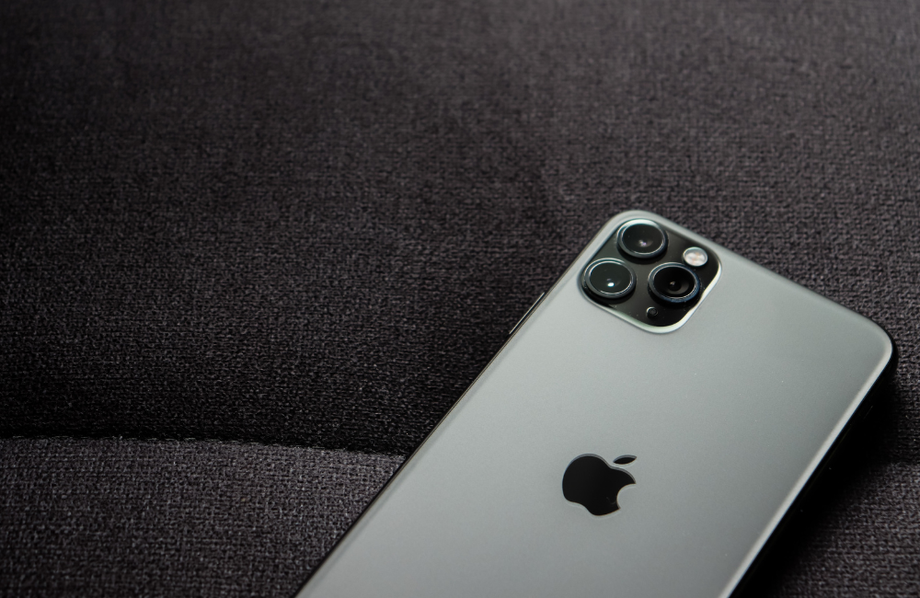Since the introduction of the first iPhone in 2007, Apple has consistently set the benchmark for smartphone innovation and design. With each new model, Apple has introduced features and improvements that have not only enhanced the user experience but also influenced the wider mobile phone market. Let’s take a closer look at how Apple has evolved its iPhone range over the years, highlighting key advancements that have made each generation a leap forward.

Design Evolution
From Bulk to Sleek: The original iPhone was revolutionary yet bulky by today’s standards. Over the years, Apple has refined the design to produce sleeker, more elegant devices. The introduction of the iPhone 4 brought a significant shift with its flat edges and glass back, a design so iconic that it influenced the latest models, including the iPhone 12 and beyond.
Screen Size and Display Technology: The iPhone 5 marked the first increase in screen size, moving from 3.5 to 4 inches, acknowledging the consumer’s desire for more screen real estate. This trend continued, with current models boasting edge-to-edge displays. Apple’s adoption of OLED technology from the iPhone X onwards has dramatically improved contrast ratios, colour accuracy, and overall visual experience.
Performance Enhancements
Chip Development: Apple’s transition to custom silicon began with the A4 chip in the iPhone 4, and each iteration has seen substantial gains in speed and efficiency. The A14 Bionic chip in the iPhone 12 series represents the pinnacle of this evolution, with more power and greater energy efficiency than ever before.
Battery Life: Despite the slimming down of iPhone models over the years, Apple has made significant strides in extending battery life. Innovations in battery technology and energy-efficient chips have contributed to this, ensuring that newer models can last all day on a single charge under typical usage conditions.
Camera Capabilities
From Simple Snaps to Sophisticated Photography: The iPhone’s camera has transformed from a simple 2-megapixel lens to a sophisticated multi-lens setup capable of professional-quality photography and videography. Features like Night Mode, Deep Fusion, and ProRAW have elevated mobile photography, making iPhones a preferred choice for both amateur and professional photographers.
Software and Ecosystem
iOS and App Store: The launch of the App Store in 2008 was a game-changer, creating a whole new ecosystem for mobile applications. With each iOS update, Apple has introduced new features and improvements, enhancing security, user interface, and integration with other Apple devices, creating a seamless ecosystem.
Apple’s journey from the first iPhone to the latest models is a testament to the company’s commitment to innovation, quality, and user experience. By focusing on design, performance, camera capabilities, and a robust ecosystem, Apple has not only improved its phones but also set the standard for the smartphone industry. As we look forward to future releases, it’s clear that Apple will continue to innovate, ensuring that its devices remain at the cutting edge of technology.